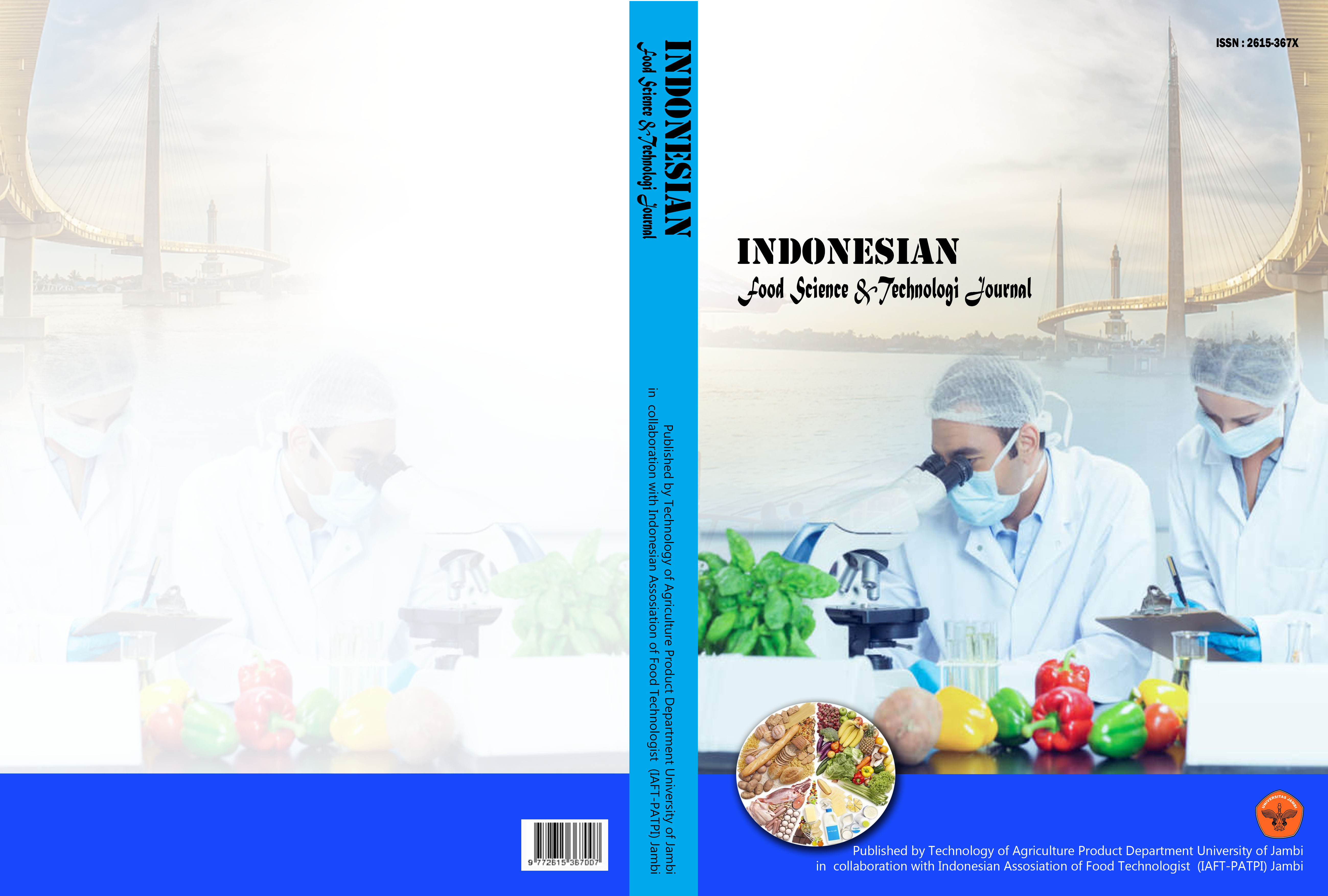Measuring Protein Synthesis Rate In Living Object Using Flooding Dose And Constant Infusion Methods
DOI:
https://doi.org/10.22437/ifstj.v1i1.4268Keywords:
protein, rateAbstract
Constant infusion is a method used for measuring protein synthesis rate in living object which uses low concentration of amino acid tracers. Flooding dose method is another technique used to measure the rate of protein synthesis which uses labelled amino acid together with large amount of unlabelled amino acid. The latter method was firstly developed to solve the problem in determination of precursor pool arise from constant infusion method. The objective of this writing is to compare the results from several researches on measuring protein synthesis rate using flooding dose and constant infusion methods and to obtain the criteria or prerequisite on the type of sample and tracer for each method. The measurements of protein synthesis rate using both methods are presented and results from both methods are compared. Both methods are eligible for measuring protein synthesis rate as long as the true precursor can be measured. The uncertainties in determining the precursor in constant infusion method and the effect of flooding on the stimulation of protein are the limitation on using the two methods. Bolus injection which imitates the flooding dose method but using smaller dose of tracer can be a good alternative in measuring protein synthesis rate.
Downloads
Downloads
Published
Versions
- 2018-05-17 (1)
- 2018-05-17 (1)









